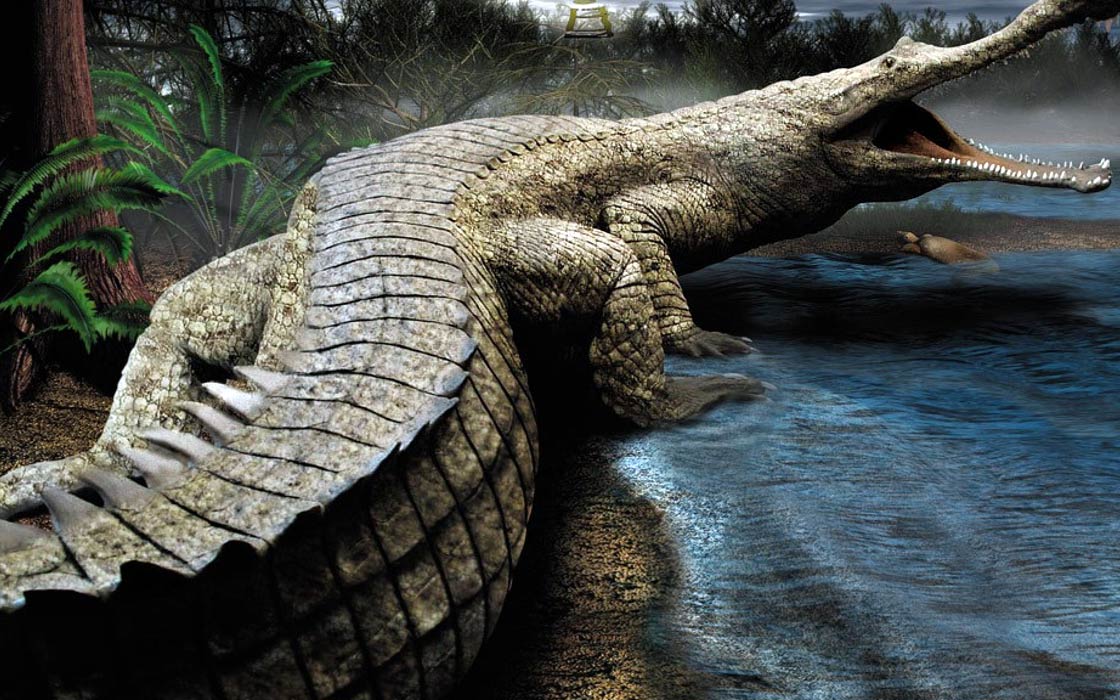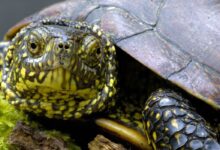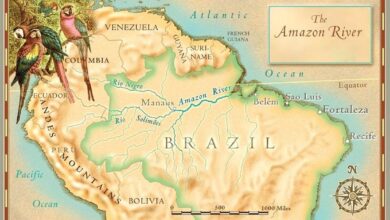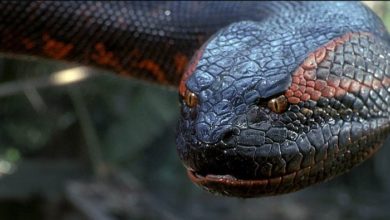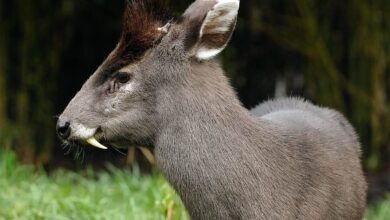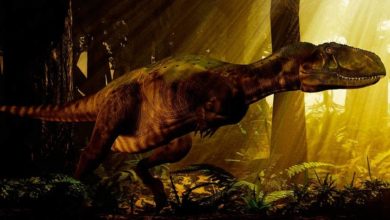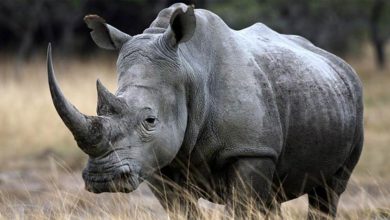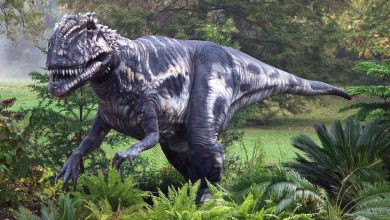Rhamphosuchus – one of the largest crocodiles
Rhamphosuchus crassidens (“Beak crocodile”)
Contemporary crocodiles have been present on Earth unchanged for hundreds of millions of years. Despite the changes that took place on Earth at that time and the present domination of mammals, the crocodile successfully persists in its evolutionary niche. The largest of them – the saltwater crocodile – is not much inferior in length (at least its largest individuals) to its ancient ancestors. The relatives of the crocodile, in line with the motto that “everything” was once bigger, decided to overshadow modern crocodiles with their size and weight. In the following articles, we will present the following reptiles:
- Rhamphosuchus
- Sarcosuchus
- Deinosuchus
- Purussaurus
- Mourasuchus
- Gryposuchus
- Stomatosuchus
- Euthecodon
- Machimosaurus
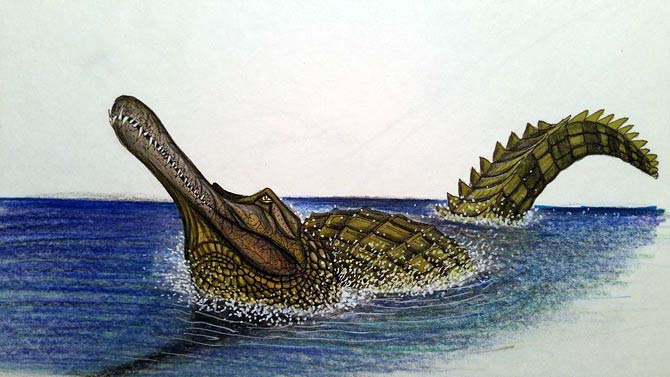
Rhamphosuchus crassidens
Rhamphosuchus was a reptile belonging to the order of crocodiles. It appeared in the Miocene period in today’s Pakistan. Initially considered the largest crocodile that ever existed. More recent discoveries (2000 – complete skull) allowed for its more accurate reconstruction and revision (here moan of disappointment :)) of its size downwards. Initially, it was believed that its length ranged from 15 to 18 meters (49 – 59 ft). The 2000 discoveries changed this estimate to 8-11 meters (26 – 36 ft). It is now believed to be closer to 12 meters (39 ft).
Classification in the subfamily Tomistominae would indicate that Rhamphosuchus was the ancestor of modern crocodiles. In fact, however, based on their biochemical and molecular studies, scientists concluded that this species is more closely related to the gavial. The gavial (Gavialis gangeticus), up to 7 meters (23 ft) long, 1 ton in weight, is a species of crocodile characterized by a very long and narrow mouth, which in males is strongly extended at the tip.
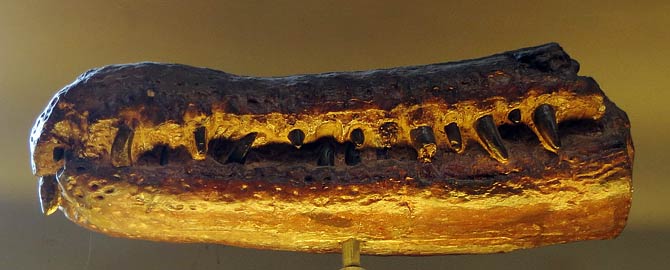
Discovery and name
In 1840, a team of scientists led by Falconer and Cautley conducted excavations in India. Fragments of the skull of a huge crocodile were then found. Despite numerous further attempts, they found nothing more. The discovered bone fragments were sent to a museum in England.
The reptile itself is named Rhamphosuchus, which means “beaked crocodile” because its mouth has a distinctive beak-like appearance. Rhamphosuchus was then considered to be the largest crocodile ever discovered. Its size was estimated, as we previously thought, at almost 18 meters (59 ft) in length and 20 tons of weight. As we have pointed out many times – discoveries tend to “shrink” over the years, so it was also in this case. It is good that at least the blue whale did not follow this trend 🙂
Despite modern discoveries, Rhamphosuchus, next to such reptiles as: Purussaurus, Deinosuchus or Sarcosuchus, was one of the largest relatives of crocodiles. However, he has lost much of his publicity since then. Mainly for the better known Sarcosuchus (SuperCroc).
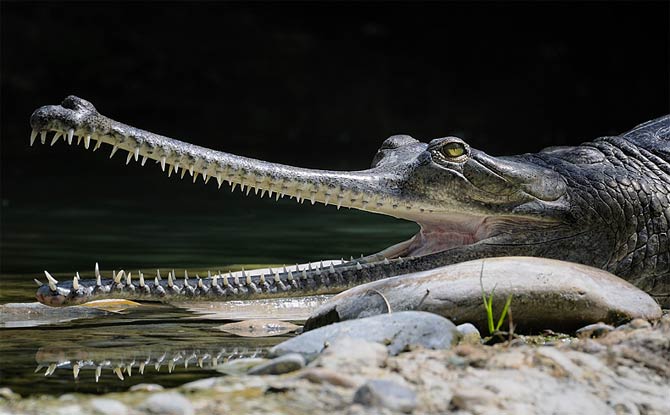
Diet and preys
Rhamphosuchus had a more varied diet than its cousins in the subfamily Tomistominae. He ate not only fish, but also hunted other animals. Its victims include practically all the animals that came to the waterhole: elephants, antelopes, deer, pigs, horses, camels, rhinoceros, crocodiles, orangutans, as well as the largest ape, Gigantopithecus – 3 meters high and 540 kg in weight. By the way, we had quite a big ancestor 🙂
Rhamphosuchus’ diet probably changed with age. When he was young, he must have been content with fish and small vertebrates. With time, when its size grew larger and larger, the strength and size of its jaws grew, it hunted basically for everything that breathed…
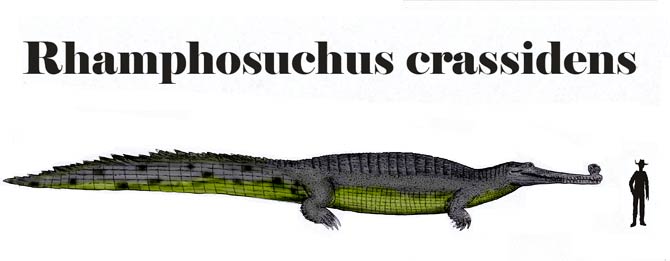
Characteristic
Rhamphosuchus was a great swimmer and had a narrow snout perfectly adapted to catch fish. As a reminder – Spinosaurus (Spinosaurus) also ate mainly fish. Rhamphosuchus was probably fast enough to catch even fast-moving fish.
It had a long and strong tail for effective swimming, and short, thick paws like all crocodiles. Rhamphosuchus also had thick, leathery scales intended for additional protection against rivals such as other crocodiles.
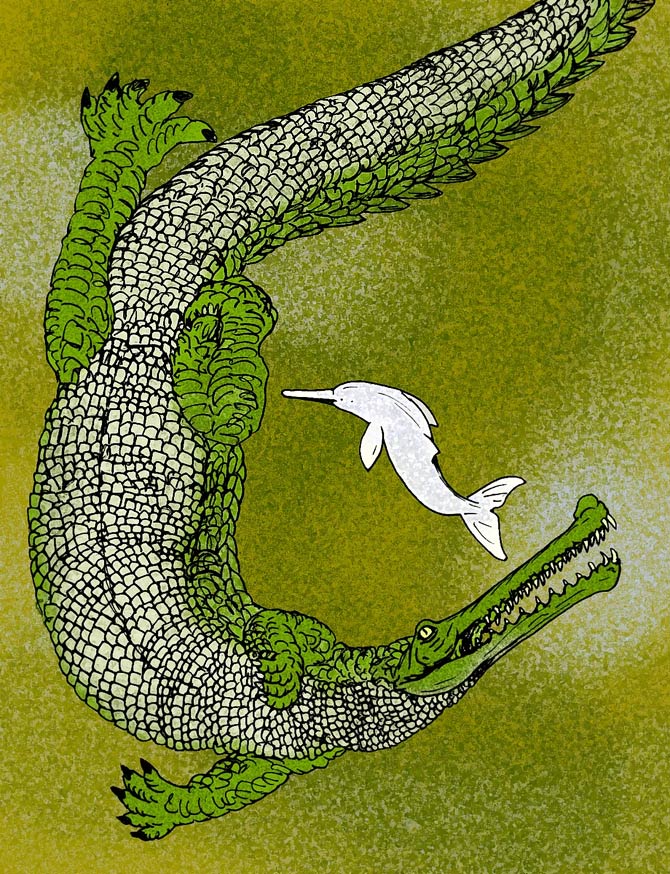
Detailed data / dimensions (size)
Rhamphosuchus
- Length: 8 – 12 m (previously thought to be 15 – 18 m)
- Weight: 2 – 3 tons (originally thought to be 20 tons)
Occurrence
- 5 million years ago
- Asia – the territories of present-day Pakistan
Classification
- Kingdom: Animalia
- Phylum: Chordata
- Class: Reptilia
- Order: Crocodilia
- Family: Gavialidae
- Subfamily: Tomistominae
- Genus: †Rhamphosuchus
- Species: †Rhamphosuchus crassidens
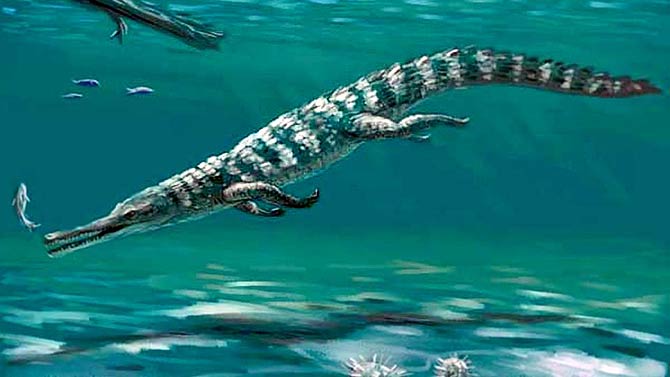
Recommended
- Mass extinctions of species – the „Big Five”
- History of animals and plants extinction
- Extinction of dinosaurs. Why are they extinct?
- The longest dinosaurs. Sauropods Top 10
- The heaviest dinosaurs – Top 10
- The longest predatory dinosaurs. Theropods Top 10
- The heaviest predatory dinosaurs Top 10
- The longest Ornithischians (Ornithischia) TOP 10
- The heaviest Ornithischians Top 10
- The largest raptors (dromaeosaurs) Top 10
- The heaviest Dromaeosaurids / dromaeosaurs – Top 10
- The longest Ankylosaurus Top 10
- The heaviest Ankylosaurus Top 10
- The longest ceratopsians
- The heaviest ceratopsians
- The longest and largest ornithopods
- The heaviest ornithopods Top 10
- The longest Stegosaurians (Stegosauria) TOP 10
- The heaviest Stegosaurians (Stegosauria) Top 10
- The smallest sauropods Top 10
- The smallest dinosaurs Top 10
- The largest pterosaurs Top 10
- Dinosaurs
- Dinosaurs database
- Predatory dinosaurs
- Animals & dinosaurs records
- The fastest animals – Top 100
- The fastest birds – Top 10

